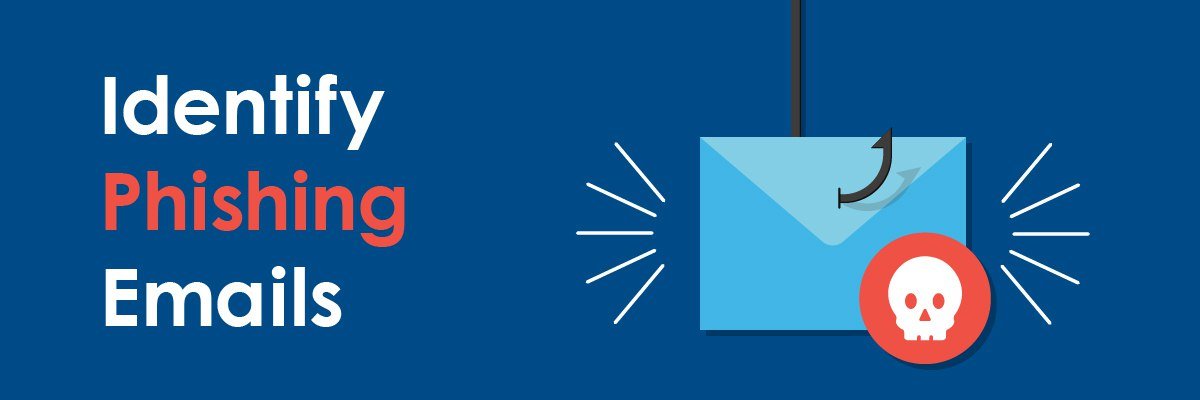Don’t Get Hooked: Top Tips for Recognizing Phishing Emails
In our increasingly digital world, phishing scams remain a prevalent threat, with cybercriminals continuously developing new tactics to deceive unsuspecting individuals. These scams can lead to identity theft, financial loss, and unauthorized access to sensitive information. However, by learning to recognize the warning signs, you can protect yourself from falling victim. Here are some top tips for spotting phishing emails.
1. Check the Sender’s Email Address
Phishing emails often come from addresses that appear legitimate at first glance but contain subtle differences. For example, a fake email from a bank might use an address like “support@yourbank-secure.com” instead of “support@yourbank.com.” Always verify the sender’s email address by looking for inconsistencies or misspellings.
2. Look for Generic Greetings
Phishing emails frequently use generic salutations such as “Dear Customer” or “Dear User.” Legitimate companies typically address you by your name. If the greeting seems impersonal, it’s a red flag.
3. Examine the Language and Tone
Phishing emails often contain spelling and grammatical errors, awkward phrasing, or overly aggressive language. Be wary of emails that create a sense of urgency, demanding immediate action or threatening consequences for inaction. Authentic companies usually maintain a professional tone and clear language.
4. Analyze Links Carefully
Hover your mouse over any links in the email (without clicking) to reveal the actual URL. If the link looks suspicious or doesn’t match the claimed destination, do not click it. Legitimate links should lead directly to the official website of the company.
5. Be Wary of Attachments
Phishing emails may include attachments that contain malware or viruses. If you receive an unexpected attachment, especially from an unknown sender, it’s best to delete the email without opening it.
6. Look for Unusual Requests
Be suspicious of any email asking for sensitive information, such as passwords, Social Security numbers, or financial details. Legitimate organizations will never request this information through email. If in doubt, contact the company directly using official channels.
7. Verify Unexpected Communications
If you receive an email that seems out of the ordinary, especially if it claims to be from a trusted source, reach out to that organization directly. Use official contact information from their website rather than relying on the information provided in the email.
8. Trust Your Instincts
If something feels off about an email, trust your instincts. Phishing scams often play on emotions, creating a sense of urgency or fear. If you feel pressured to act quickly, take a step back and analyze the situation.
9. Enable Two-Factor Authentication (2FA)
While this tip doesn’t directly relate to recognizing phishing emails, enabling two-factor authentication can add an extra layer of security to your accounts. Even if a phishing attack compromises your password, 2FA can help prevent unauthorized access.
10. Stay Informed
The tactics used by cybercriminals are constantly evolving. Stay informed about the latest phishing scams and techniques. Awareness is one of the best defenses against falling victim to these scams.



